
Developer: Early Melon
Publisher: Early Melon
Platform: Switch, PC
Tested on: Switch
Roof Rage – Review
Arcade fighting games were at peak popularity back in the late 80s and early 90s. While the genre is still very much alive and kicking in the form of modern 3D fighting games, it’s a bit rare to find a true old school fighting game these days. Enter Roof Rage, a game that is clearly influenced by the fighting games of twenty years ago. It’s an appealing package for retro enthusiasts at first glance, but can it live up to its predecessors?
Story
Roof Rage is a game with a diverse cast of visually interesting characters, as well as a single-player arcade mode. It’s the perfect opportunity to throw in a plot about who these fighters are and why they are brawling, but unfortunately, there is no story to be found here.
Graphics
The lack of story is further emphasized indirectly by the sprite work. The character designs in the selection screens are excellent and although they borrow heavily from the typical fighting game tropes, each fighter has a distinct look. The selection screen portraits depict interesting-looking characters, but as there are no backstories to be associated with the fighters, you’ll never feel a connection to them. It’s a shame, because a lot of them have little design details that make you feel that there is more to these characters than meets the eye, but they’re never fleshed out. Adding insult to injury, everything that is interesting about the character designs is thrown out the window once you get to the actual gameplay.
The highly detailed portrait sprites are replaced by far cruder representations of the same characters. The on-screen action is juxtaposed against backgrounds that are unappealing, not because of the way they are designed but simply because of the choice of colors. It’s a stylistic choice that drags down the presentation of the game. These backdrops would have been fine had the character designs on stage made use of bright and primary colors but everything just blends together in a mush of muted reds, pastel greens, and drab browns. If you pay attention, you see a lot of care went into the design of the backgrounds, especially in the color transitions in the skies, but the game does nothing to draw attention to itself visually.
Sound
With a retro-styled game comes a retro-styled soundtrack as well: don’t expect orchestrated music but instead catchy and simplistic electronic tunes. The tracks were composed by Pentadrangle and fit the Japanese setting of the game. The music is easily the standout part when you’re in the middle of a fight. While it never takes the front stage, it does make the game feel more frenzied and energetic than it actually is. You won’t be listening to the tracks outside of the game, as they are somewhat forgettable, but within the stages of Roof Rage, you really couldn’t ask for a better soundtrack.
Gameplay
Roof Rage is a standard “choose a fighter, then beat the crap out of your enemies” arcade fighter. It takes cues from a variety of classic fighting games but fails to do anything unique with them. Fights take place on the rooftops of ancient temples, cities and the like, hence the name of the game. The stages comprise multiple multi-level buildings, resulting in very crude versions of Smash Bros-like arenas. Just like in the Smash Bros games, falling off the arena results in instant death, and just like in Smash Bros, characters can attempt to avoid this fate by making multiple jumps in quick succession. Characters also have an HP bar, and your aim is to whittle down your opponent’s HP in order to knock them out. Don’t expect to do so using an arsenal of combos and special attacks though. Characters are limited to a relatively basic range of attacks. Each character has its own playstyle. Some of them even bring weapons to the party, but overall there isn’t a lot of variety in the ways you can take down opponents. This ultimately results in battles that aren’t satisfying to play simply because there’s not a lot of fun to be found here.
There’s nothing functionally wrong with Roof Rage: controls are tight and responsive and the game flows smoothly. Everything is just very dull and unexciting, especially in single-player mode. This is your typical arcade mode where you’re supposed to unlock new fighters through a series of successive fights. The AI in these fights is annoying in that it attempts to bait you into falling off the stage and plummeting to your death, and it will do so by continuously jumping around the stage, but it will never move towards you and attack you. If you come close enough, it will still attempt to hit you. If you just stand still on the stage however, you’ll see how your enemy frantically keeps jumping all over the place without ever coming close. Things fare little better in the multiplayer mode, where up to eight players can enter the arena. The multiplayer mode is most enjoyable with three or four players, though. The issue here is that keeping track of eight tiny sprites is just too much to be enjoyable, especially since the colors of both the arenas and the sprites blend together. Roof Rage then quickly devolves into a game where you’re busy trying to figure out which character is whose. At the time of writing, there is no online functionality yet, although the game’s menu teases it with an “online” button that also says “coming soon”. Given the limited appeal of the game as it is presented here, it’s hard to imagine it getting a thriving online scene, however.
Conclusion
Roof Rage attempts to answer the age-old question of what would happen if you threw Smash Brothers and a retro fighting game in a blender. It sounds amazing in theory and while there’s a couple of interesting elements here, the end result just falls flat. There’s a serious lack of fleshed-out characters, interesting move combos and real visual appeal. Ultimately, Roof Rage isn’t a bad game per se, but it is bland and boring.
Roof Rage - Review,

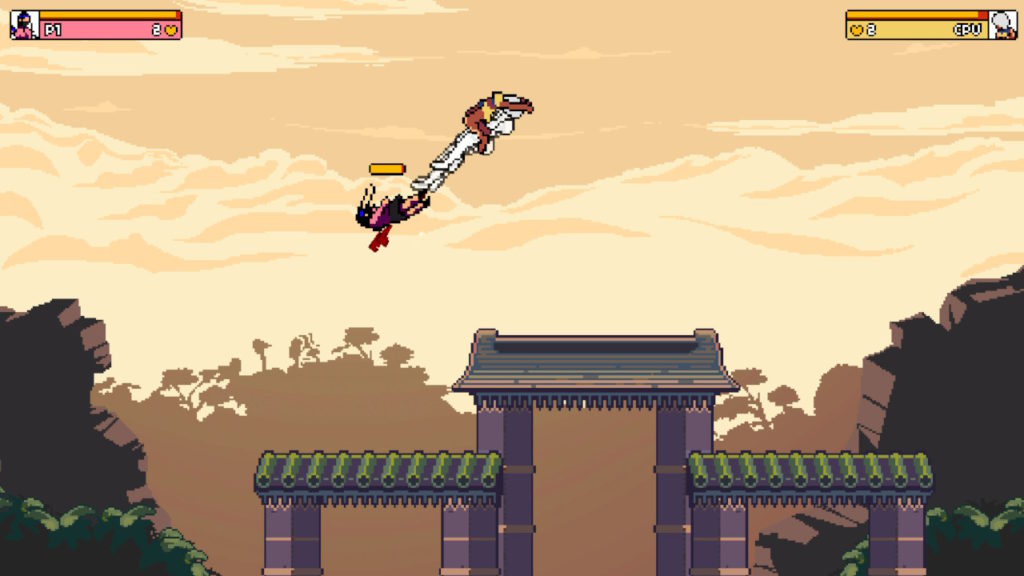
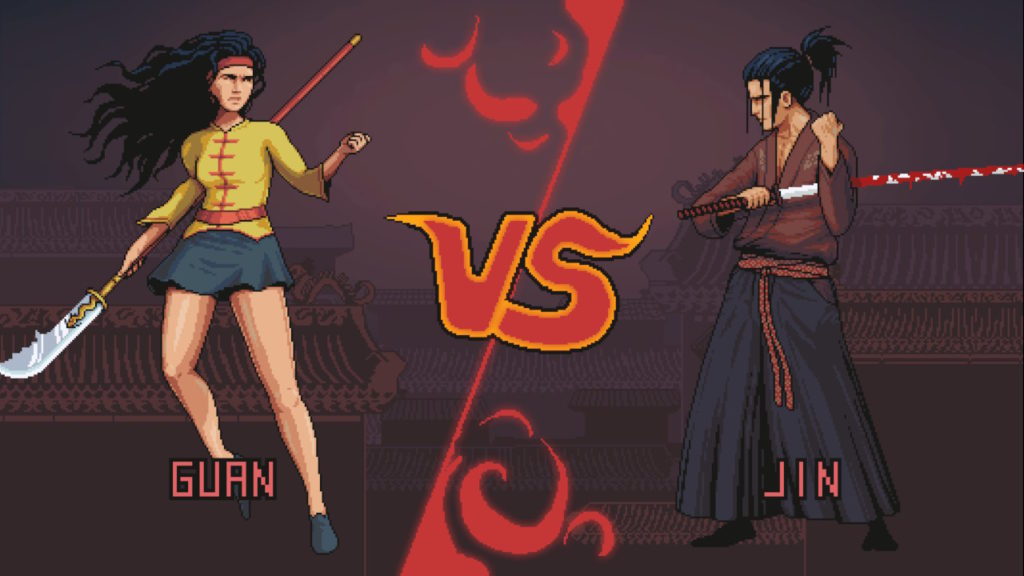
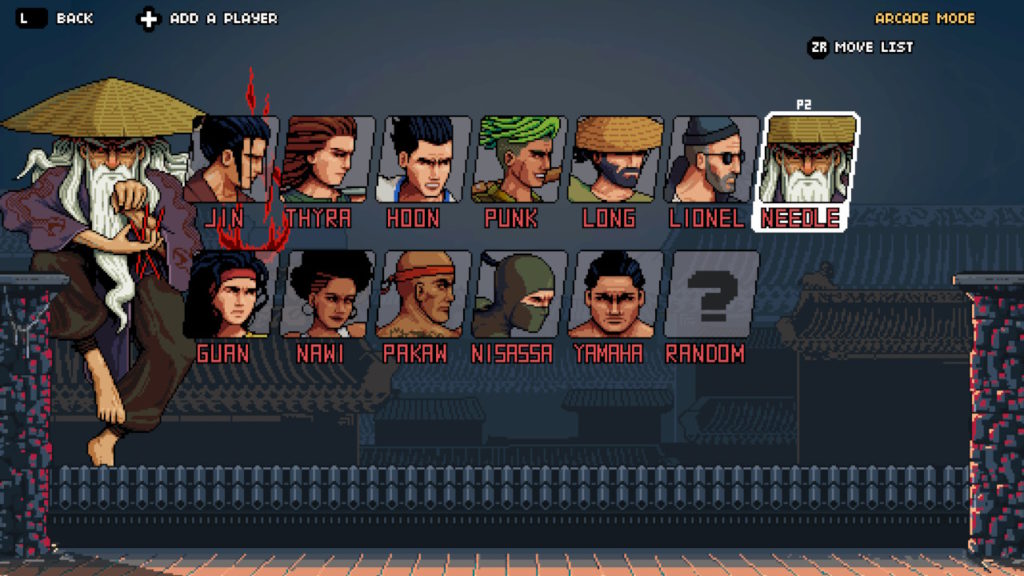
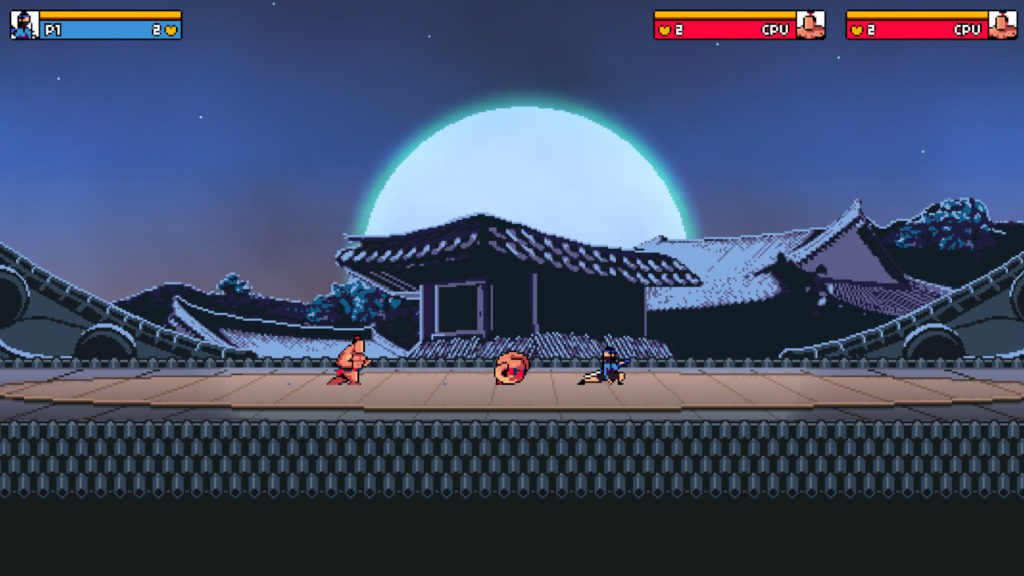
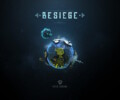
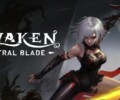


No Comments